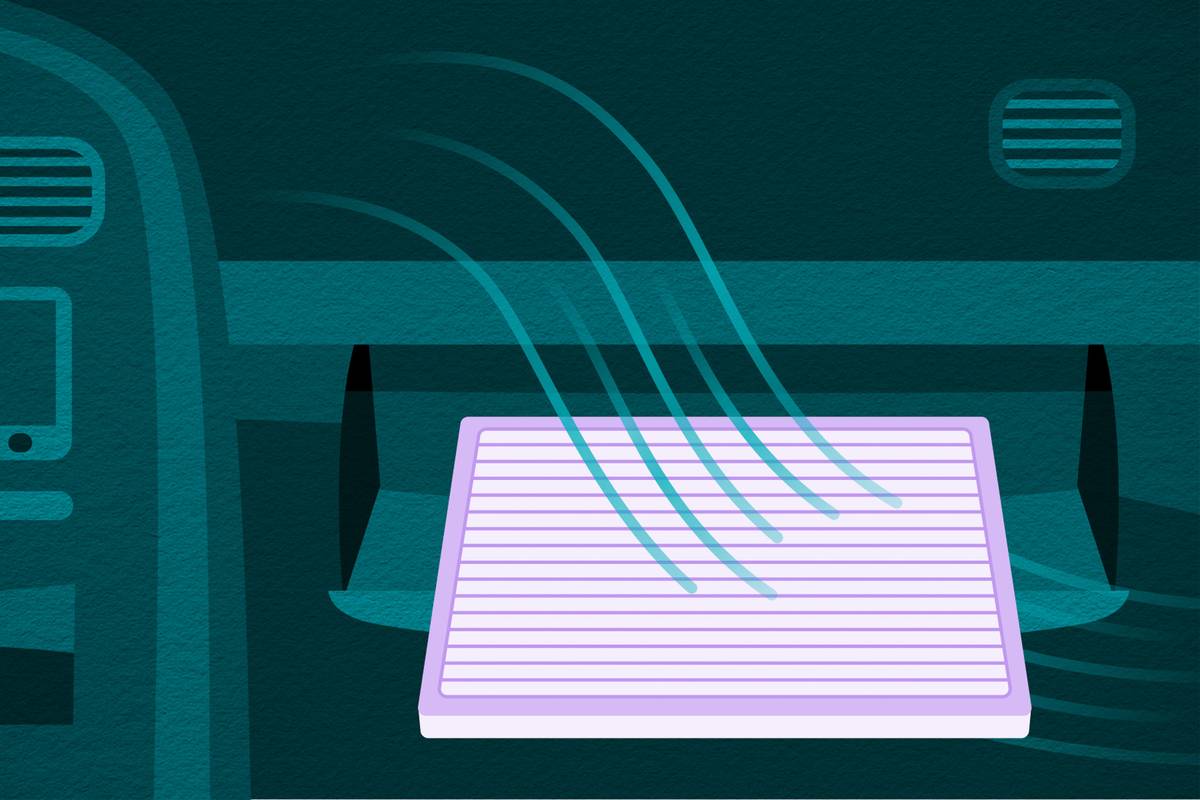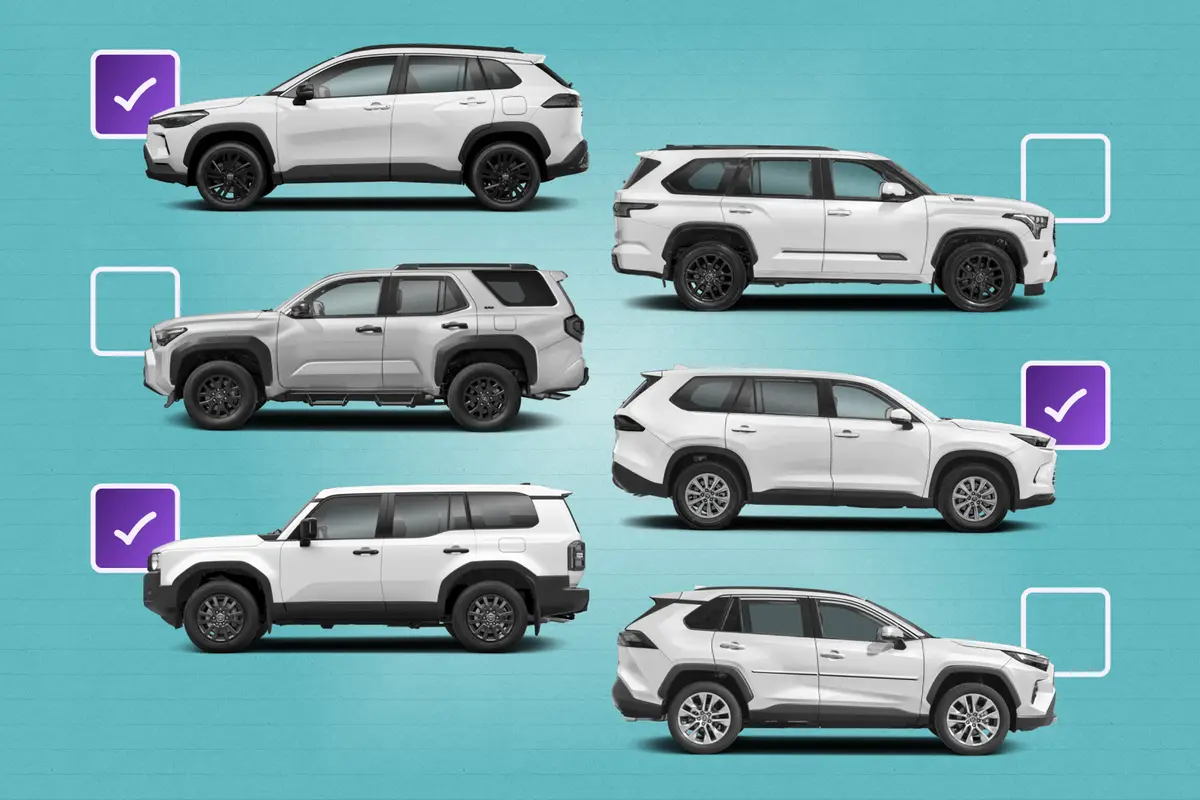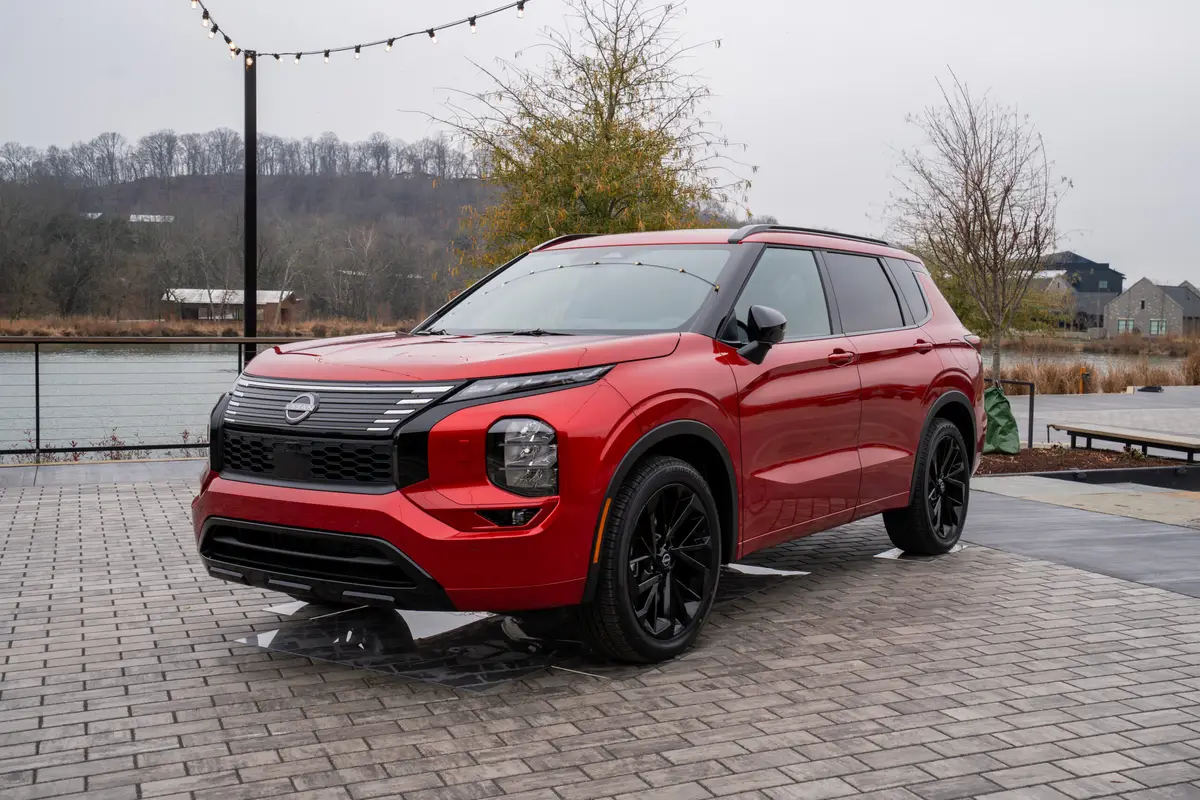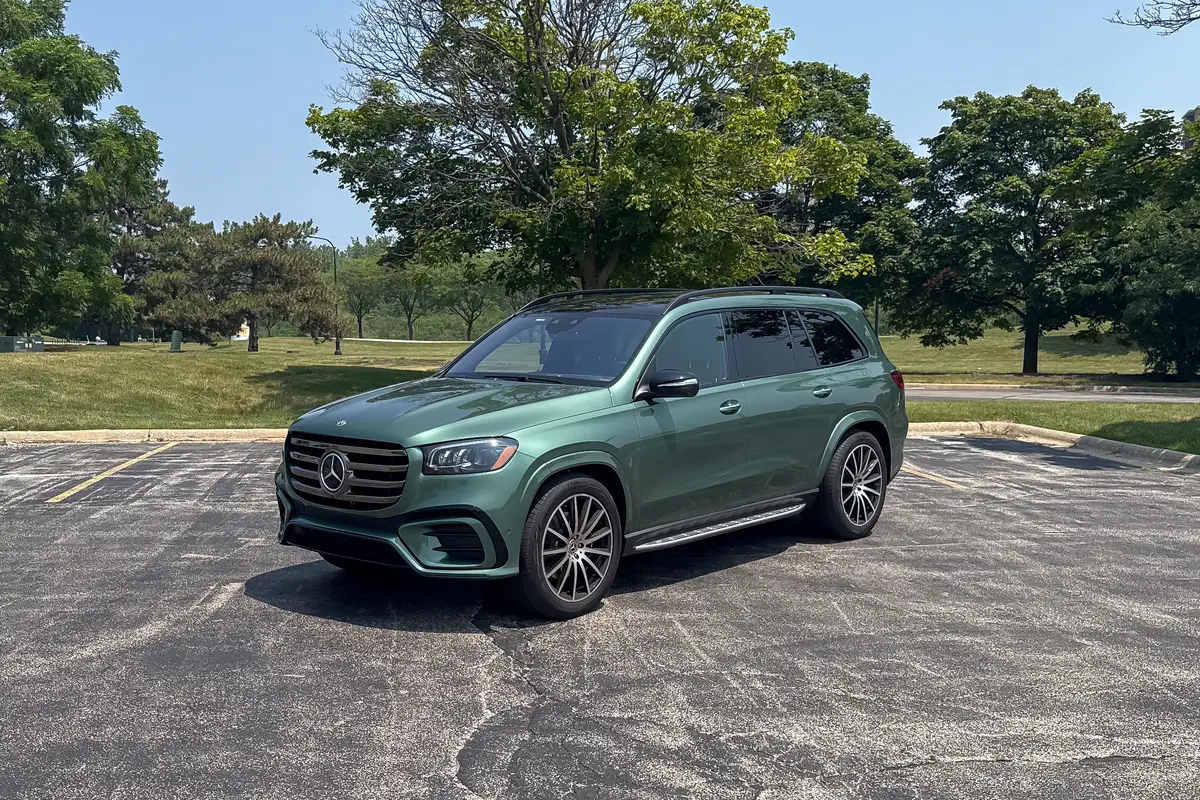What's a Cabin Air Filter and When Should You Replace It?

Key Points
- A cabin air filter is behind the dashboard and cleans the air coming into your car’s interior through the heating, ventilation and air-conditioning systems.
- It’s recommended to change your filter every year or 12,000-15,000 miles, but if you drive in a particularly dirty area, you may want to do it more often.
- You can change it yourself in most cases, but be sure to research beforehand to make sure you’re up to the job.
Typically about the size of a textbook and situated behind the dashboard, a cabin air filter cleans the air coming into your car’s interior through the heating, ventilation and air-conditioning systems. The filter can help trap dust, pollen, mold, bacteria, dirt, brake dust, soot and other debris, though some are more effective than others. This is particularly beneficial if you drive in dusty areas (such as on dirt or sandy roads), do stop-and-go driving in cities with bad air quality or suffer from allergies.
Related: What Does the ‘Auto’ Button for My Air Conditioning Actually Do?
Note that if you’ve had the windows open and dirty air has come inside, you can usually help clean the air by closing the windows, setting your system to Recirculate (often a button labeled “Recirc” or with a profile of the car and a circular arrow) and turning on the fan. In most vehicles, this will draw air from inside the car and pass it through the filter, though remember to turn Recirculate off once conditions have improved. (However, if the filter is located in the engine compartment, it probably won’t filter the interior air in the Recirculate setting, as it will only filter air being brought in from outside.)
Although cabin air filters have been around since the late 1990s, they were mostly found in luxury cars at first. But by the early 2000s, they became commonplace, and most modern vehicles today have them. If your car does, it will likely be noted in the owner’s manual; you can also search online to see if filters are being sold for your year/make/model of car. (If you don’t find any for sale, your car probably doesn’t have one.)
How Often Do I Need to Change My Cabin Air Filter?
- Takeaway: An interval of every year or 12,000-15,000 miles is common to change your cabin air filter, but you may want to do it more often if you live somewhere with dirtier air.
While your owner’s manual likely gives a recommended interval for changing the cabin air filter — often one for cars driven under normal circumstances and another under severe use — that’s really just a suggestion, and it may be too often or too seldom for your situation. An interval of every year or 12,000 to 15,000 miles is common. However, if you drive in a particularly dirty area, such as where there have been forest fires creating a lot of smoke, you may want to check your cabin air filter more often (and probably your engine air filter, as well).
Otherwise, signs your cabin air filter might be clogged include reduced air flow when you turn on the fan and foul smells coming from the vents. The former can reduce windshield defogging in winter, making it a safety concern.
More From Cars.com:
- How Does a Car Defroster Work?
- Why Does My Car AC Smell Like Vinegar?
- Why Will My Car Window Not Roll Up?
- How Do I Find Out if a Car Is Still Under Warranty?
- More Maintenance News
Can I Change the Cabin Air Filter Myself?
- Takeaway: The cabin air filter is usually located behind the glove box, but be sure to check your owner’s manual for instructions and research online before deciding to replace it yourself.
In many cases, the cabin air filter is located behind the glove box, and you can change it with nothing more than simple hand tools, such as a screwdriver, wrench or pliers. Others, however, are more difficult to replace and may be found under the hood in the engine compartment.
Before going out and buying a cabin air filter, it’s probably best to look to see if there are instructions for how to replace it in your owner’s manual, or you can check online for a video showing how to do it. That may help you decide whether you want to tackle the job or not. An internet search for, “How to change a cabin air filter on a year/make/model” will usually give you an idea of what’s involved. The filters themselves can often be found at auto parts stores, though you may find a wider selection online.
Not All Filters Are Created Equal
- Takeaway: There are a variety of filters to choose from, but the best are labeled as HEPA filters, which trap at least 99.97% of dust, pollen, mold, bacteria and other airborne particulates.
Filter manufacturers may offer various levels of filters for your vehicle, with the more expensive ones filtering out smaller particles. (Particle size is often measured in microns, with a lower number — such as 0.3 microns — being better than a higher one.) Some even add odor-reducing agents, such as carbon, baking soda or chemical odor neutralizers.
In terms of filtration performance, the best filters are labeled as HEPA filters. These might be of particular interest to those with allergies, as they must trap 99.97% of dust, pollen, mold, bacteria and other airborne particulates in order to receive that designation. However, you may not find one offered for your car, in which case, you should go with the one that filters out the smallest particles.
Related Video:
Cars.com’s Editorial department is your source for automotive news and reviews. In line with Cars.com’s long-standing ethics policy, editors and reviewers don’t accept gifts or free trips from automakers. The Editorial department is independent of Cars.com’s advertising, sales and sponsored content departments.
Featured stories



